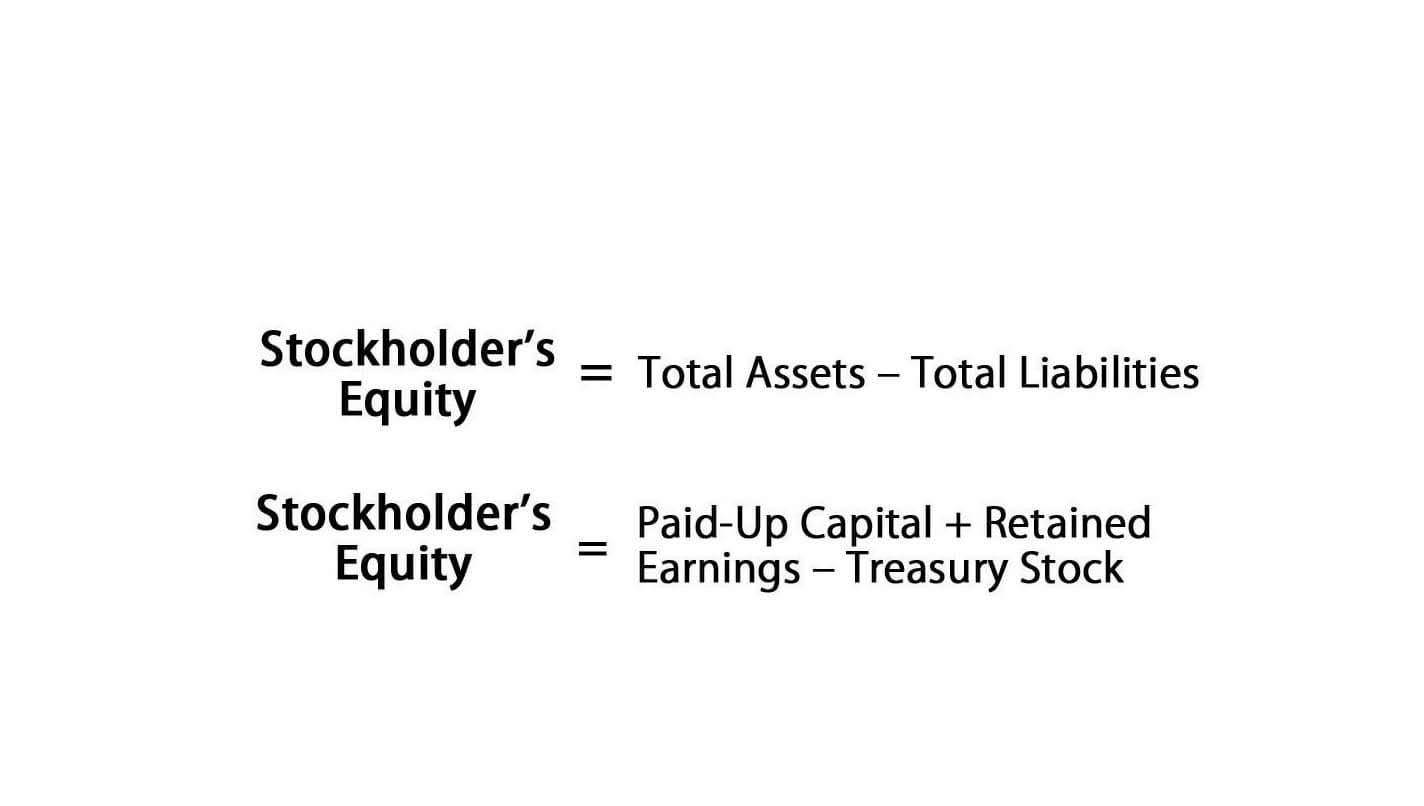
Whether you select one of these budgets or use a combination, understanding how each is unique is the first step. Perhaps your board hasn’t yet considered how critical it is to gain familiarity with best practices for budgeting. There are five reasons why your board should be intentional about budgeting. In addition to a financial reserve, it may be wise to plan for https://www.bookstime.com/ specific contingencies, such as emergency repairs or increased demand for your services. We’ve only scratched the surface of all that a nonprofit budget entails. A revised budget showing no anticipated revenue would help the organization to be proactive in determining how to continue to cover expenditures without the same level of income as originally anticipated.
- This will help to ensure that the budget is aligned with the organization’s overall strategy and that resources are being allocated in a way that supports the achievement of these goals.
- That means your nonprofit will be allocated funding for Google Ads indefinitely.
- Thankview’s Nonprofit Budget Template is specifically designed to help nonprofit organizations manage their finances effectively.
- Capterra’s Nonprofit Grant Budget Template is designed to aid nonprofits in planning and managing their grant funding effectively.
- Use last year’s numbers as a starting place and include any quotes from vendors or partners.
Join the fundraising movement!

This nonprofit startup operating budget template features sections for total one-time startup expenses, monthly expenses, and total funds required to operate. Use this operating budget template to ensure that your nonprofit has accounted for every single cost and expense. By doing so, you can keep an eye on your big-picture forecast with the assurance that every detail of your accounting is in order. With this comprehensive Budgeting for Nonprofits annual nonprofit operating budget template, you’ll get quarter-by-quarter and yearly insights into income and expenses. To calculate year-end budget totals, contrast income (e.g., sales, contributions, fundraising, etc.) with expenses (e.g., office equipment, transportation, utilities, etc.). A nonprofit budget is a financial document that provides an overview of how the organization plans to spend its money.

Determine the organization’s financial goals and objectives
In crafting a robust budget for your organization, utilizing budget templates can streamline the process, ensuring accuracy and ease of financial management. These templates are specially designed to cater to the unique needs of nonprofits, allowing for detailed income and expenditure projections. After completing the full program-based budget or financial analysis it’s worthwhile to take a fresh look for both accuracy and a gut check. Do the formulas, amounts, and financial results match what you expected, or do they surprise you? If there are surprises, first review the data to verify the calculations and choices about allocations and definitions. Sometimes, though, the surprise comes from seeing the true and full costs for the first time.
Bring it all together for review
Zero-based budgeting, on the other hand, starts from scratch each year, with all expenses being justified anew. This can be a more time-consuming and difficult process, but it can also lead to a more accurate and transparent budget. While the first two tips we’ve reviewed involve increasing cash flow, you also have to put energy into predicting and monitoring your cash flow. Creating a cash flow forecast allows your organization to estimate future cash inflows and outflows to make more informed decisions about resource allocation. For extra fundraising support, work with a fundraising consulting firm.

Cash flow refers to the monthly movement of money coming in and out of your organization. Tracking this number tells you how much you have in the bank at any given time. This information is hugely important, because it shows you the best (and safest!) times to spend. Donations, fundraising, grants—each revenue stream has its perks and quirks!
- They also simplify monitoring financial progress and adjusting strategies as needed, proving indispensable for both new and established organizations.
- Here are four of the most common types of budgets used by nonprofit organizations.
- Most nonprofit professionals are narrowly focused on driving impact and pushing their missions forward.
- This clarity of purpose informs every category and line item, ensuring funds are allocated efficiently to advance your cause.
- At this point you will have a subtotal of the direct costs of each program, administration, and fundraising.
- Regularly monitor how aligned your projected budget is with what you’re actually experiencing, and make tweaks as you need to.
- This step is crucial to create a realistic, meaningful financial plan rather than an idealistic document detached from where your organization is today.
Atlanta Nonprofits Driving Positive Change

These organizations will devise processes for reviewing budget assumptions, developing on-going budget reports, and monitoring organizational performance against budgeted outcomes. Without the hard work of determining cash flow and capital allocation, charitable missions are only ideas. Begin by analyzing historical income patterns from sources like government and foundation grants, individual donors, corporate sponsors, events, and earned revenue programs. Identify trends and make realistic predictions on funding you can secure based on past performance and current grant pipelines. After reviewing your financial documents, you can begin to identify where your nonprofit is spending too much or too little. This analysis will guide you in making informed decisions when budgeting for the next fiscal year.
Given the significance of personnel expenses to our finances, allocating these costs is essential to understanding true costs. Many Executive Directors spend a substantial amount of time working directly in programs. Ideally, salary allocations will be based on regular, reliable tracking of time.
This information can be used to estimate income and expenses for the upcoming budget period. While all of these tasks are important, they require a foundation of financial stability that keeps nonprofits running smoothly. It’s important in the nonprofit world for organizations to develop and follow financial budgets. Below is a list of best practices that nonprofits should consider before starting the budget process.
What is an Operating Budget for a Nonprofit?

In order to be successful, there are a few things to keep in mind when establishing a nonprofit budget. If your organization is fortunate enough to attract in-kind donations, record these contributions to abide by legal standards and create plans to thank specific donors. Take control of your nonprofit’s finances and start building your budgeting skills with these best practices. A regularly updated and realistic budget helps you know exactly how much money is coming in and out of your organization, allowing you to manage your resources more effectively. Full Suite of Accounting, Payroll and Fund Raising and Fund Accounting applications for nonprofit organizations.
